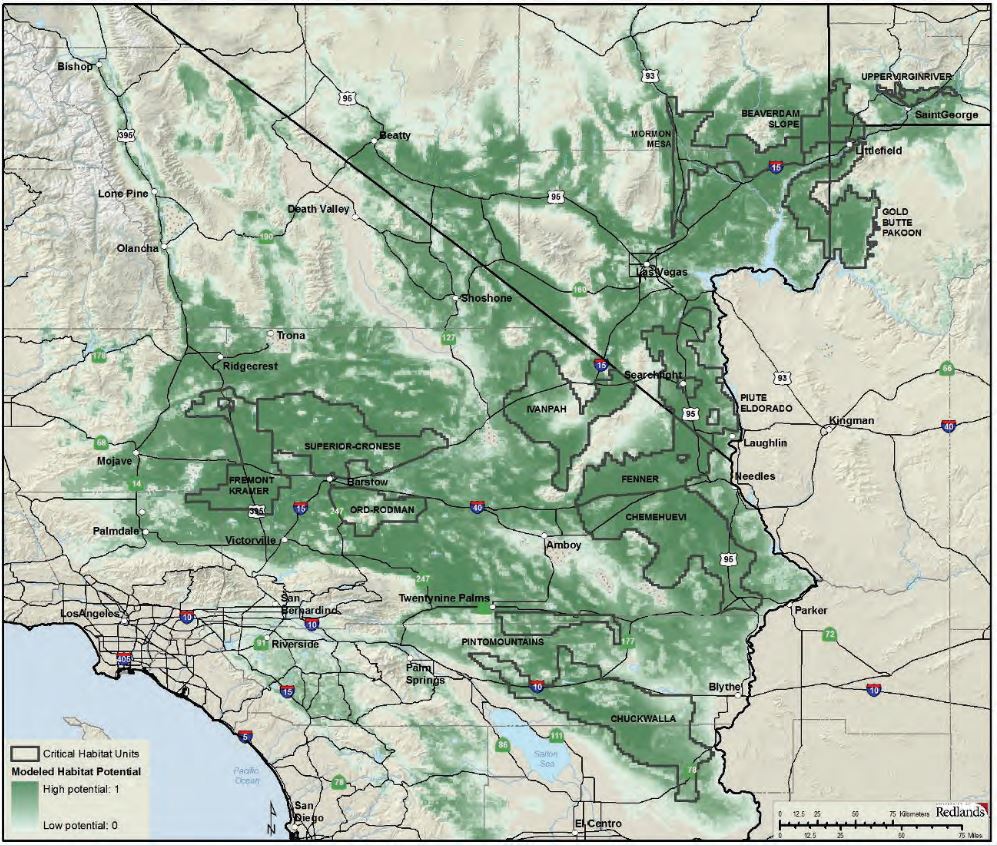If you find a wild tortoise, it is considered illegal to harass, harm, pursue, hunt, shoot, wound, kill, trap, capture, or collect, or to attempt to engage in any such conduct. If you live within the known desert tortoise range and find a tortoise, it is best to leave it alone unless it is in imminent danger. If you find a trapped wild tortoise, please contact the California Department of Fish and Wildlife at Wildlife Incident Report or contact the Non-Game Wildlife Program. Your local branch of the Bureau of Land Management may also be able to handle the situation.
If you find a tortoise in the middle of the road and believe it to be in imminent danger, you may move it off the road. Approach the tortoise slowly in front of him/her. Slowly pick the tortoise up and, holding it close to the ground, move it off the road in the direction that it was travelling. Place it under a bush if there is one nearby.
If you come across an injured or dead tortoise, or have any questions, please contact the BLM Wildlife Biologist at 760-384-5400.
If you live outside the known desert tortoise range and find a desert tortoise, it is very likely a stray captive tortoise. It is best to place the tortoise out of harms way and search for the owners in your area. If you are unable to locate the owners, contact the California Turtle & Tortoise Club. Above is a map of the known desert tortoise range, borrowed from the Desert Tortoise Recovery Implementation Office.


